Studies show that 85% of sun-loving houseplants fail within their first year due to improper light placement. Successful indoor gardeners know that these plants require specific conditions to thrive, particularly when it comes to sunlight exposure and positioning.
While south-facing windows offer ideal conditions for most sun-loving varieties, there’s more to keeping these natural beauties alive than just finding the right spot.
“The key is understanding each plant’s unique light requirements,” says botanist Dr. Sarah Chen.

Contents
- 1 Best Indoor Plants That Thrive in Direct Sunlight
- 2 Proper Placement Tips for Sun-Loving Indoor Plants
- 3 Watering and Care Guidelines for Bright-Light Plants
- 4 Combining Different Light-Loving Plants for a Stunning Display
- 5 Growth Patterns and Space Requirements for Sun-Hungry Plants
- 6 Common Problems and Solutions for Light-Craving Plants
Best Indoor Plants That Thrive in Direct Sunlight
While many houseplants prefer indirect light, several varieties actually thrive with several hours of direct sunlight each day. When considering plant compatibility, it’s crucial to match your home’s sunlight exposure with the right species.
Bird of Paradise

Requires 6+ hours of direct sun daily. Needs quarterly rotation and monitoring for leaf health.
Aloe Vera
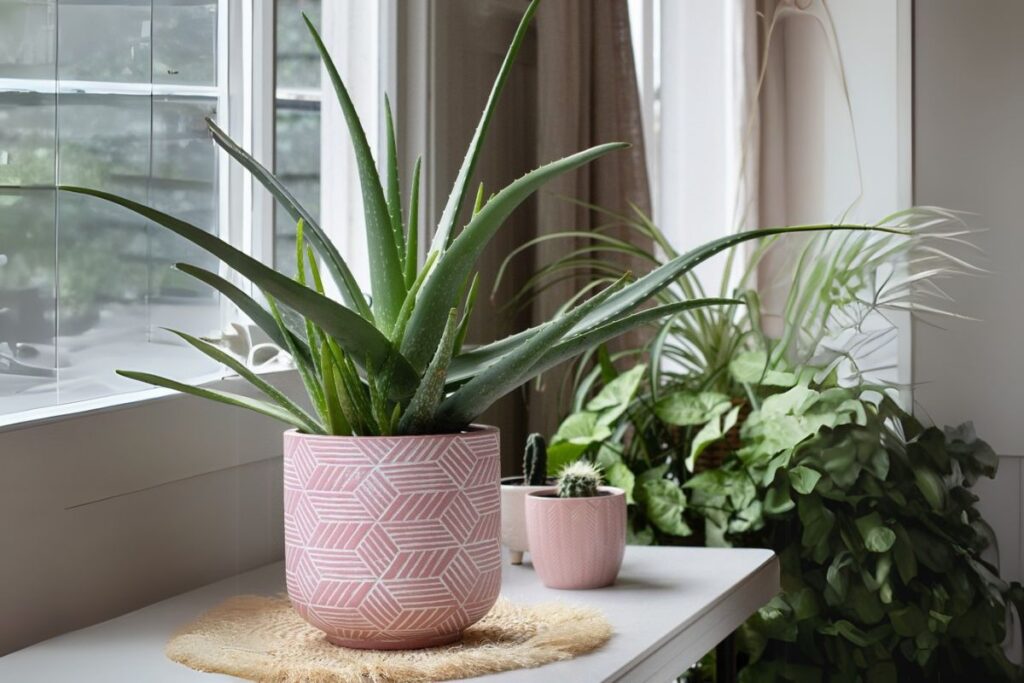
Thrives near east and west windows, also does well in strong direct light. Requires moderate watering.
Agave
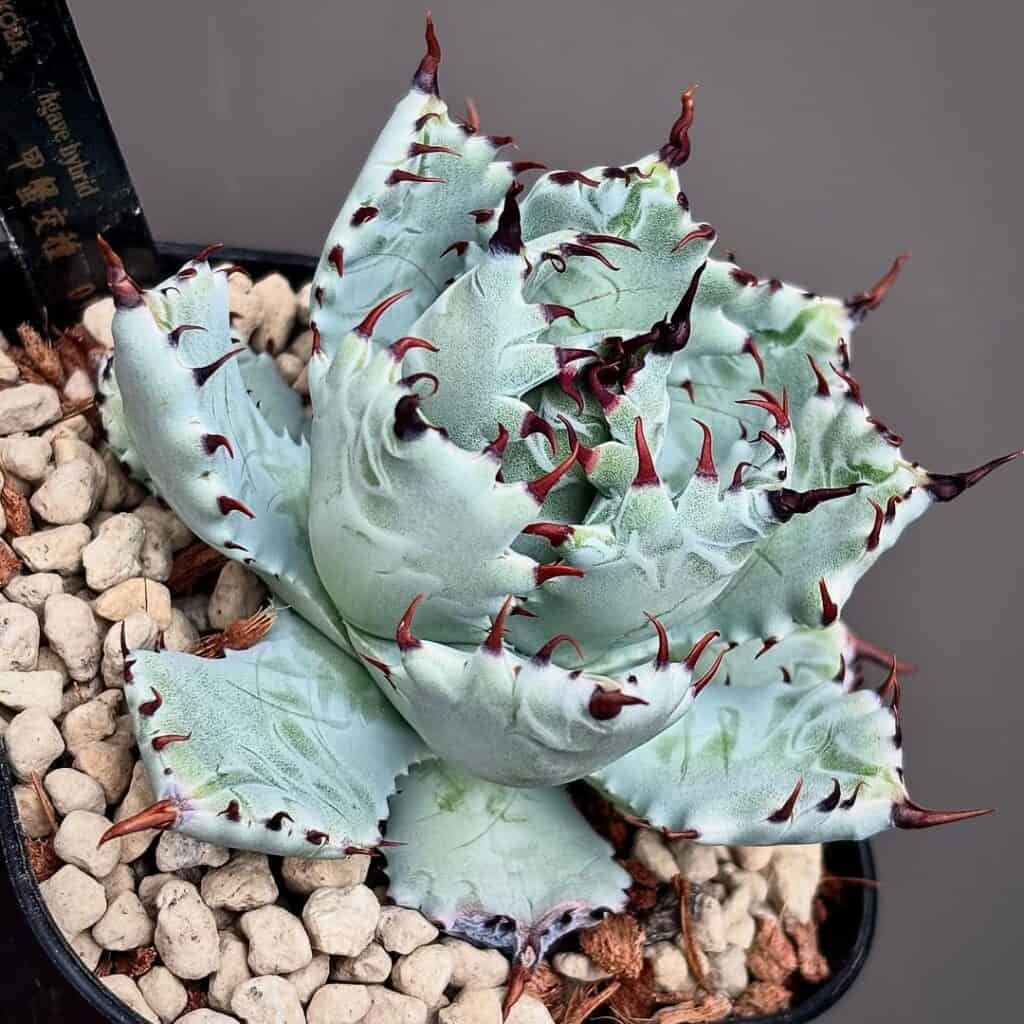
Flourishes in full-sun conditions near south-facing windows. Needs occasional watering.
Cacti Species
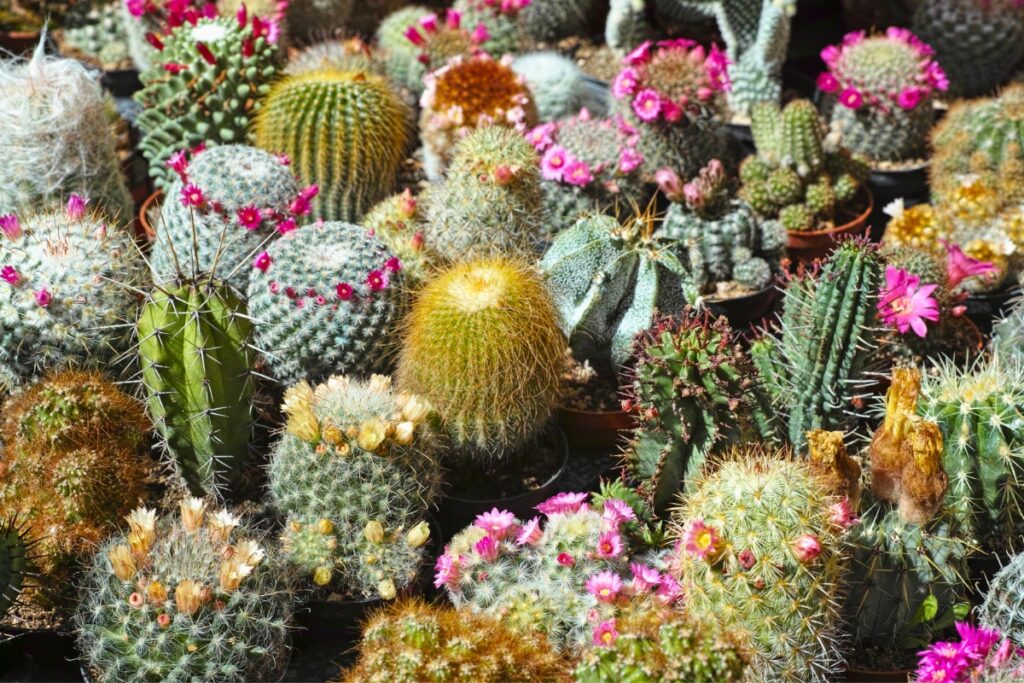
Adapt well to intense sunlight. Ideal near south-facing windows and require infrequent watering.
Kalanchoe
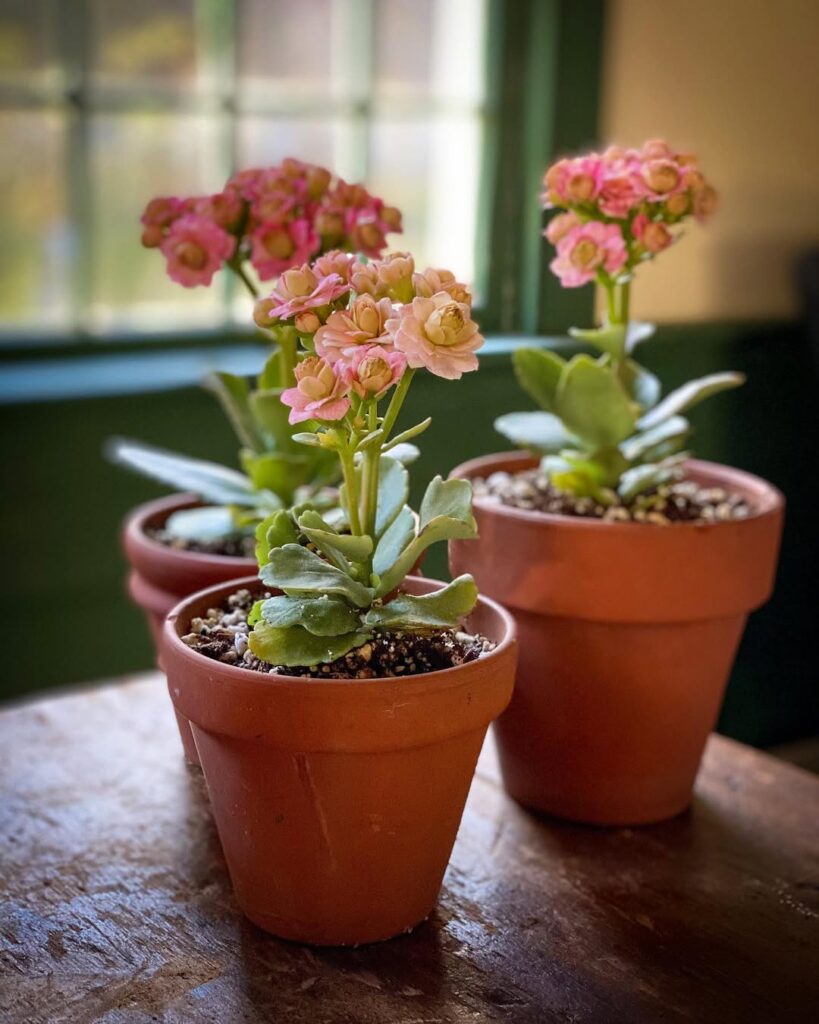
Loves direct sun and produces colorful blooms. Thrives with infrequent watering.
Snake Plant

Adapts well to both direct and indirect light. Versatile in placement and low-maintenance.
For ideal growth, rotate sun-loving plants quarterly and monitor leaf health for signs of sunburn or inadequate light exposure.
Proper Placement Tips for Sun-Loving Indoor Plants
Successfully placing sun-loving indoor plants requires careful consideration of both window orientation and distance from light sources. South-facing windows provide the most intense light, making them ideal for:
Cacti Species
Position near south-facing windows for best results.
Agave
Also thrives in full sunlight near south-facing windows.
Kalanchoe
Prefers intense light, ideally placed near southern exposure.
Aloe Vera
Does well in east and west-facing windows with moderate light intensity.
Jade Plant
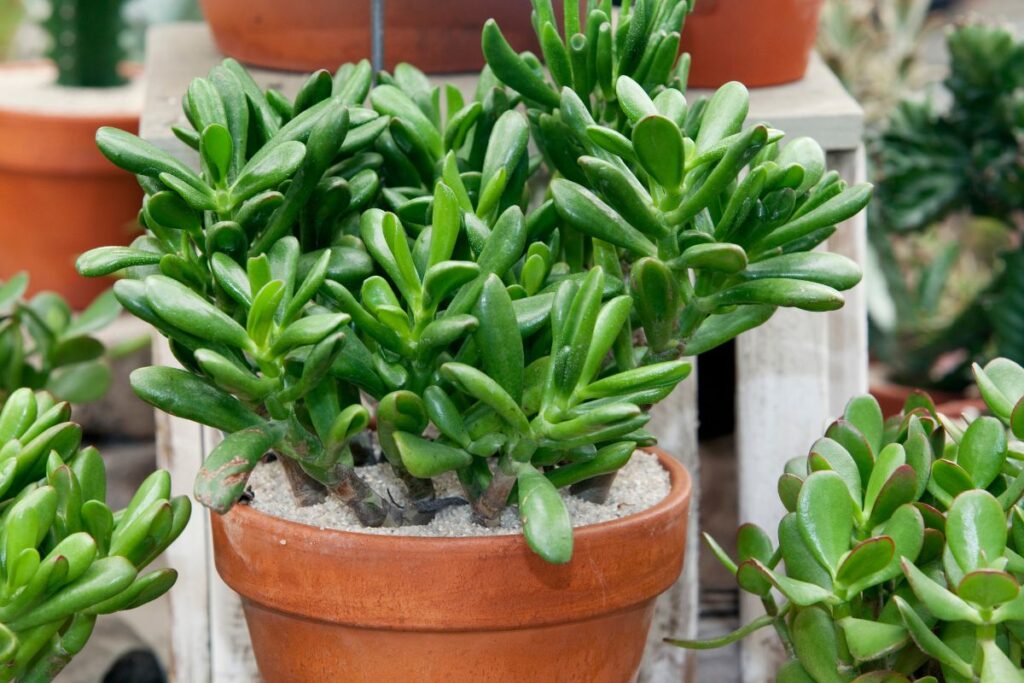
Grows best in moderate light from east and west windows.
Key placement strategies include:
- Position plants 2–3 feet from windows to prevent leaf burn
- Rotate containers ¼ turn weekly for even light exposure
- Use sheer curtains to filter harsh afternoon rays
- Group plants with similar light requirements together
- Monitor leaf color and growth patterns to adjust placement as needed
“Proper positioning is essential for photosynthesis and healthy growth,” notes botanist Dr. Sarah Chen.
Watering and Care Guidelines for Bright-Light Plants
Beyond proper placement, sun-loving indoor plants need specific watering schedules and care routines to thrive in bright conditions. Most sun-lovers like succulents and cacti require less frequent watering than shade plants, typically every 2–3 weeks.
“The key is checking soil moisture before watering,” explains botanist Dr. Sarah Chen.
“Insert your finger 1–2 inches deep—if it’s dry, it’s time to water.”
These plants also need proper plant nutrients during the growing season:
- Water thoroughly until it drains
- Allow soil to dry between waterings
- Feed with balanced fertilizer monthly
- Reduce watering by 50% in winter
Combining Different Light-Loving Plants for a Stunning Display
Creating an eye-catching display with sun-loving plants requires careful consideration of height, texture, and growth habits. Position tall plants as striking focal points, then layer shorter plants in front.
Bird of Paradise
Tall architectural structure (up to 6 feet). Serves as a focal point.
Fiddle Leaf Fig
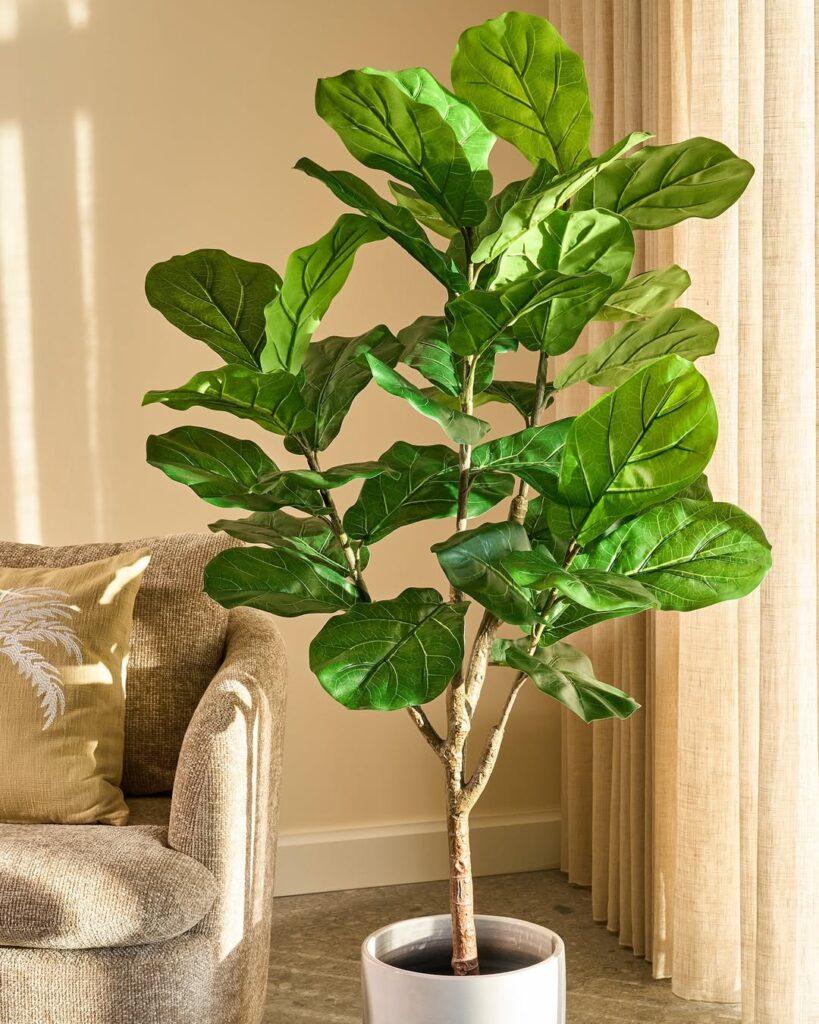
Tree-like plant growing up to 10 feet. Adds vertical drama.
Jade Plant
Red-tinged foliage that pairs well with trailing plants.
Burro’s Tail
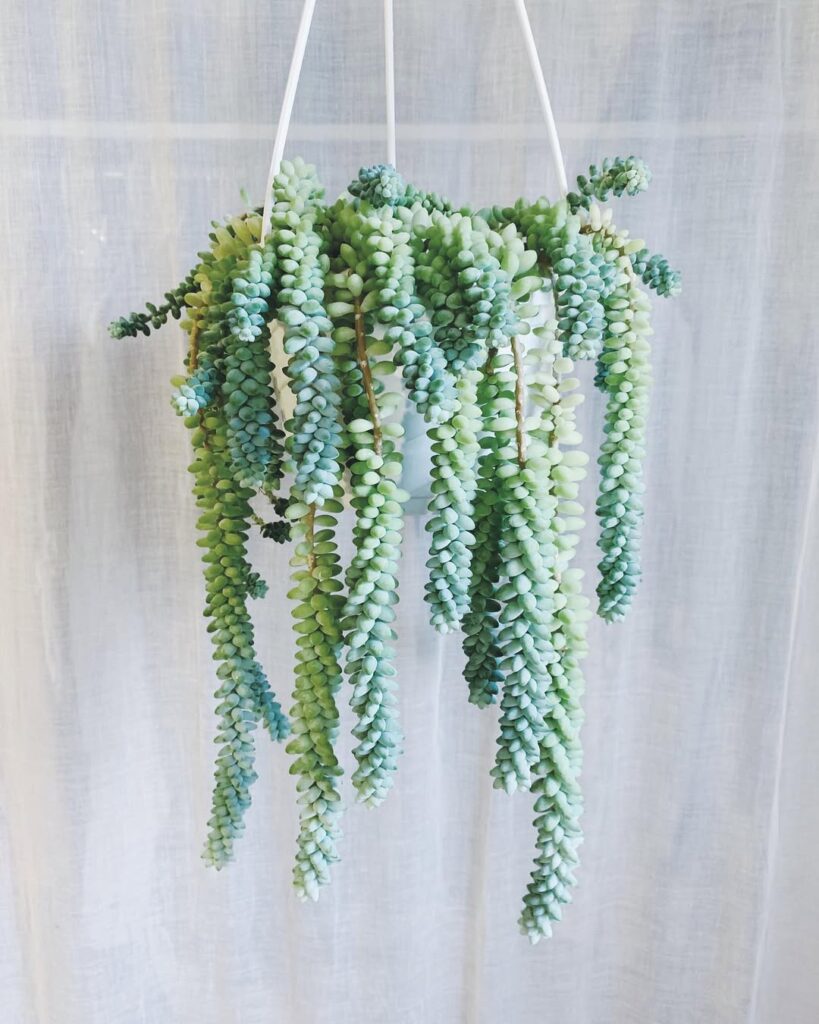
Trailing succulent that creates visual softness and movement.
Agave
Spiky silhouette pairs well with rounded varieties.
Echeveria
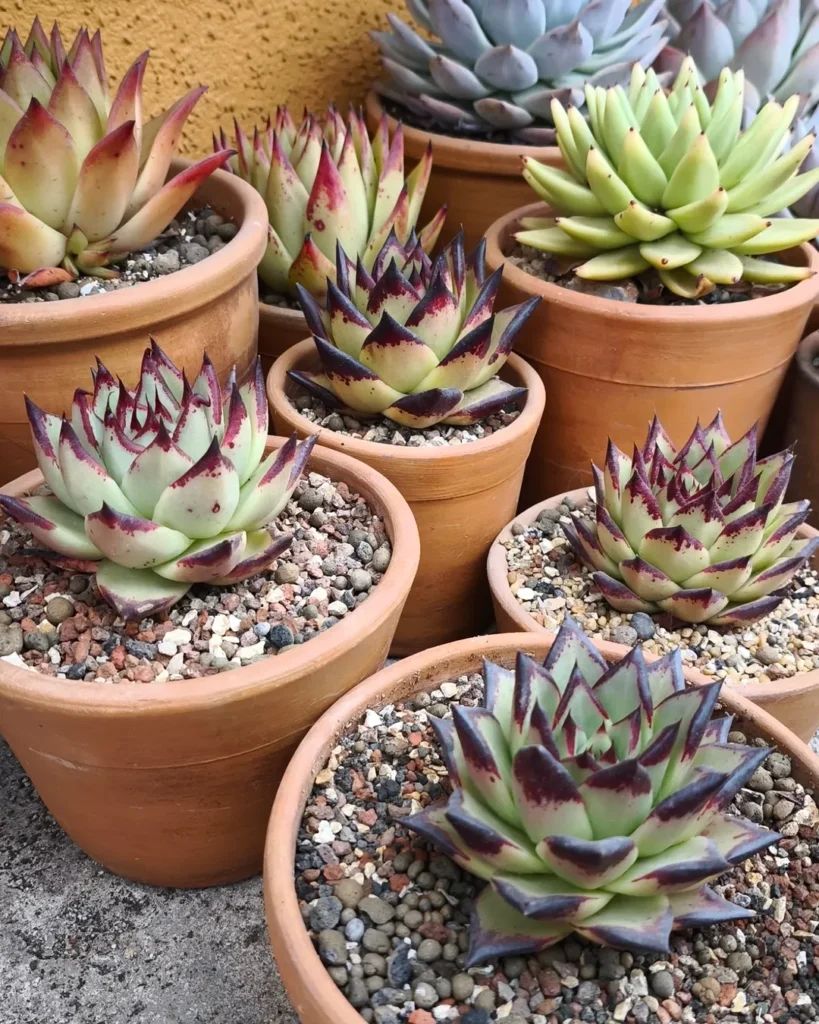
Rounded rosette shape. Complements sharper textures.
Snake Plant
Upright structure—great contrast with cascading plants.
Pothos

Cascading vine ideal for layering and volume.
Plant pairings should share similar sunlight and watering needs. A south-facing window provides ideal conditions for these light-loving varieties to thrive together.
Growth Patterns and Space Requirements for Sun-Hungry Plants
When planning a space for sun-loving houseplants, understanding their distinct growth patterns becomes essential for long-term success.
Bird of Paradise
Grows tall—up to 6 feet. Needs vertical space and bright light.
Pothos
Spreads horizontally as vines. Ideal for trailing along shelves.
Snake Plant
Upright columnar growth up to 12 feet. Works well in corners.
Burro’s Tail
Spreading and trailing, grows up to 12 inches long. Great for hanging planters.
Fiddle Leaf Fig
Tree-like growth habit, reaches 6–10 feet. Needs headroom and ample sunlight.
Agave
Rosette pattern, varies from 1–10 feet wide depending on species.
Jade Plant
Bushing type, grows 3–6 feet tall. Adds volume and color.
“Group plants with similar heights for balanced arrangements,” advises botanist Dr. Sarah Chen.
Common Problems and Solutions for Light-Craving Plants
Despite their hardy nature, sun-loving houseplants can encounter several common issues that affect their health and growth patterns.
Bird of Paradise
Watch for sunburned leaves—brown or yellow patches. Rotate quarterly and acclimate gradually to intense light.
Jade Plant
Sensitive to sudden bright exposure. Sunburned spots can form if placed too close to strong light.
Light deficiency remains another significant challenge, particularly during winter months. Signs include:
- Leggy growth
- Pale leaves
- Reduced flowering
Solutions include:
- Rotating plants quarterly
- Supplementing with grow lights
- Positioning within 3 feet of south-facing windows
